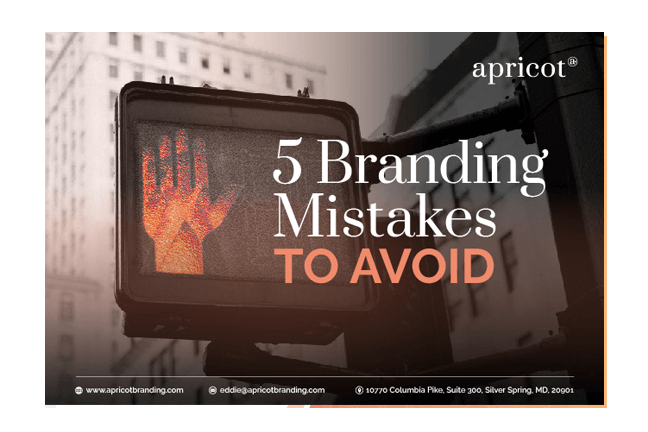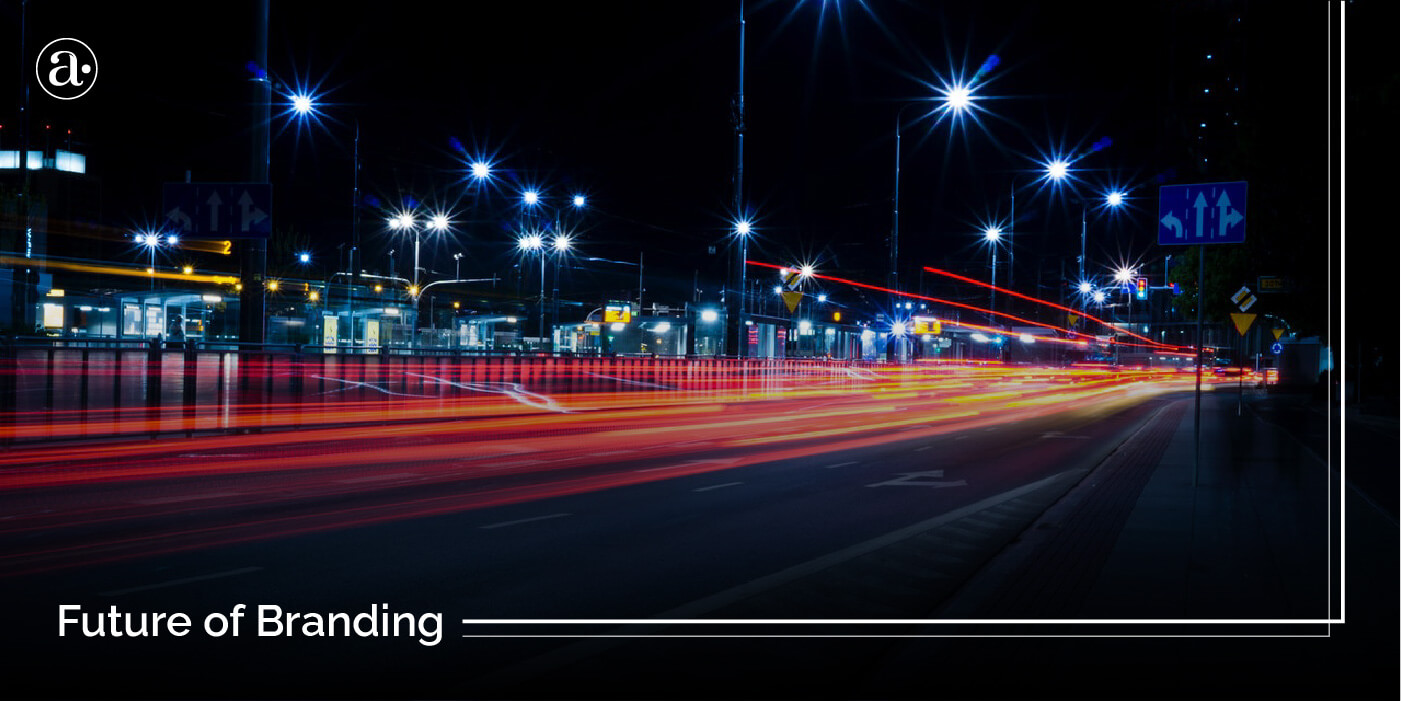The widespread adoption of emerging technologies is leading to new ways for brands to create better interactions, experiences and connections. This, to an extent, is driven by the exponential growth of computing power that is also shaping the future of branding and design. Below are 5 innovations in tech that are revolutionizing how consumers interact with brands.
1.) Personalization

The future of branding is becoming more and more personal. Personalization is a data-driven approach to branding, advertising and experience. It refers to brands tailoring the messaging, product or experience based on the individual needs, behaviors and preferences of consumers.
It has been proven to dramatically boost sales as well as customer retention. Brands will have to explore more creative ways to custom tailor the holistic experience, campaigns, software and products to match the individual. In the future of branding, if you don’t connect with your customer at a personal level it would be almost impossible to compete. Consumers are constantly switching to new devices. You must be able to adapt your content to emerging technologies and platforms in the near future and deliver this content to consumers at the right timing.
In the world of Advertising, one example is the “Share A Coke” campaign by Coca Cola which was very successful in connecting with people on a personal level by allowing them to purchase bottles with individual names rather than the traditional Coke label. This influenced both how consumers interact with each other and added a more personal touch to the brand experience.
The Internet Of Things(IOT)

The way we interact with technology as well as everyday items is also changing with the global adoption of IOT. The Internet of Things will allow for richer and faster connectivity as everyday items will become smarter and connected to the internet. Business Insider also predicted that by 2023 over 40 billion IOT devices will be installed globally by brands, governments and consumers.
IOT will also merge with AI and machine learning to better process and utilize the acquired data. Using embedded chips and sensors in everyday items would provide brands with real-time updates and feedback to better understand consumer needs and optimize the experience accordingly. Everyday items and devices will be able to communicate with each other and transmit data to the broader Internet Of Things platform. IOT is slowly becoming widely adopted into our everyday lives and will be more mainstream in the near future. It will also lead to new questions and concerns about data privacy.
3.) Voice Technology

Image source: technofaq.org
Research by Comscore predicted that by 2020 half of searches will be happening through voice. This has been a growing trend in recent years, especially among younger consumers who are slowly transitioning from traditional texting and typing to voice in order to search for a product or brand.
As more and more searches are happening through voice, brands will have to adapt their messaging to emerging voice technologies that will also become more mainstream in the near future.
Branding will become not only about “Look and Feel” but “How It Sounds” will become increasingly more vital in order to differentiate.
4.) New Design Realities

The widespread adoption of Virtual Reality and AR will also revolutionize how we shop and interact with brands, especially in the world of retail and ecommerce which is growing rapidly.
New design realities are gradually becoming a part of our everyday lives and bridging the gap between the virtual experience and physical environment. Imagine being able to experience how a product will look in your room before purchasing it online or trying on a product using augmented reality or a 3D model of yourself.
One example is IKEA which has been experimenting with augmented reality since 2013. The retail giant recently expanded into the world of virtual reality with their new HTC Vive Application that allows people to experience the retail shopping environment through virtual experience. Shopify, the ecommerce giant, has also been experimenting with possibilities of 3d models of products online that can be rotated or previewed in your living room using augmented reality.
5.) Generative Design
This is another emerging approach to branding, design, storytelling and experience that applies creative algorithms to make brands behave more dynamic or interactive through various touchpoints from identity systems to interactive installations.
With this emerging technique, there is more room for creative exploration. Brands can become more like living organisms that can adapt to changes in their environment or an entire ecosystem with the user at the center. It can also allow designers to create more robust visual identities with multiple iterations while maintaining a consistent visual language. Generative design opens the doors to even more forms of creative visual expression and brand experience that is also backed by data.
One example was the Squarespace visual identity that was developed by DIA, a branding agency in NYC that specializes in Kinetic identities. It was developed using a generative system but inspired by the heritage of New York City.. You can click here to learn more.
Another example was the identity design for BRUTE, the wine estate brand, which is made up of real-time particle simulations of weather in the vineyard. You can click this link to view the case study. The system was developed by generative designer Patrik Hübner who also developed an interactive branding system for Schwanensee using motion capture data. You can click this link to take a look at the case study on Behance
“We transform media from one medium into another one and in the process tell new stories and find new interesting things hidden within. So Big Data can become a sculpture, or maybe music or sound could create architecture..”
~ Patrik Hübner
In Conclusion, The future of branding is more personal, data-driven, dynamic, and interactive. Consumers are constantly adapting to new technologies and brands are trying to explore more creative ways to leverage these new innovations to create more meaningful experiences, products and interactions. Think about what key trends can you leverage in your business to give your brand a greater competitive advantage. If you enjoyed this article you might also like to learn more about the 6th trend that is shaping the future of branding which is the change to subscriptions.
Don't Forget to Share or Subscribe!
Get Your Free Download! Delivered to Your Inbox.
5 Branding Mistakes to Avoid
Learn about the 5 Branding mistakes that business owners can avoid.







One Response